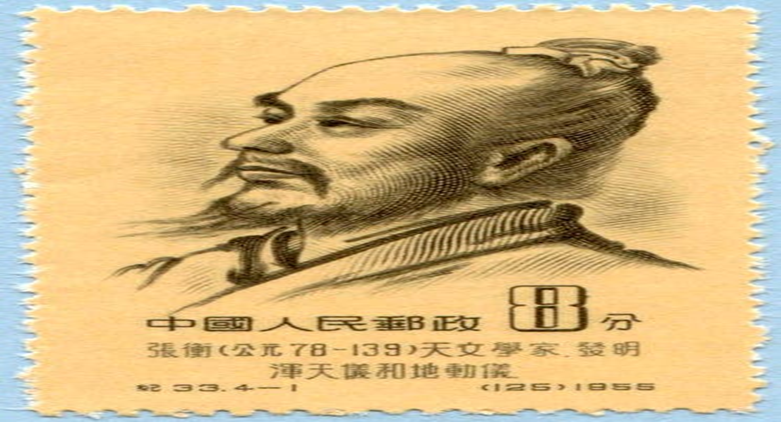The Chinese invention of the third century BC has survived and continues to exist

The Chinese as early as 206 BC. They created a device that apologizes for everything. The device is simple at first glance: when the ground vibrates violently, the balls of reptiles' mouths ball out into the frogs' open mouths yo with a ringing sound that can wake up sleepers if necessary.
Moreover, the number of reptiles is not a coincidence - dragons have been seen to the directions of the world from where they can be expected to occur. For example, if the plane fell from the eastern part of the device, to expect trouble in the west. Not wanting dragons and neem, they are a philosophical symbol of time.
The seismograph is classified as one of the oldest inventions in human history, as its first appearance dates back to the second century AD.
The Chinese polymath Zhang Heng, who specialized in many fields, such as mathematics, geography, astronomy, poetry and philosophy, during the period of the Han dynasty in China, was able to invent a unique machine capable of determining the locations of earthquakes.

Since ancient times, China has lived through a huge number of devastating earthquakes, which have always worried the Chinese authorities because of the huge death toll and the devastation they left behind.
It also suffered from difficulty transporting aid to the affected areas due to their large area and rugged terrain. These geographical factors played an important role in delaying the transfer of information towards the capital, especially with the almost complete absence of fast means of communication, as some trips from remote areas towards the capital took weeks.
Based on ancient Chinese beliefs, the Chinese believed that earthquakes resulted from the conflict of opposing energies, yin and yang, to which they attributed all the events that occurred. However, the scientist Zhang Heng believed in another theory that mainly aims to predict earthquakes before they occur. He then tried to use this idea to invent a machine capable of helping the Chinese confront this type of disaster and mitigate its impact.

The Heng instrument was a large bronze bowl two meters long, with a sensor column in the middle, which was used to sense earthquake movements. This machine also had eight slots in the shape of dragons to determine directions, and opposite each slot was placed a small bowl in the shape of a frog.
Simultaneously with the occurrence of the earthquake, a small ball falls from one of the openings into the container, so that the direction of the area affected by the earthquake is determined according to the direction of the container in which the ball falls, and the process of transporting aid to the affected area begins immediately. According to Chinese historians, Zhang Heng's invention was able to detect earthquakes hundreds of miles away.
In the year 132, the polymath presented his unique machine to the Chinese Emperor, Han Shundi, and members of his government, to gain the admiration and approval of everyone and to be officially approved to confront earthquakes by Chinese specialists, following its success in determining the direction of one of the devastating earthquakes in the year 138.

Over the course of many centuries, Zhang Heng's invention contributed to accurately determining the areas where earthquakes occurred, which made it easier for the Chinese authorities to transport the necessary aid in a timely manner to the affected areas, before famine and epidemics spread there. Thanks to this, this Chinese polymath played an important role in saving millions of human lives.
Source: websites

